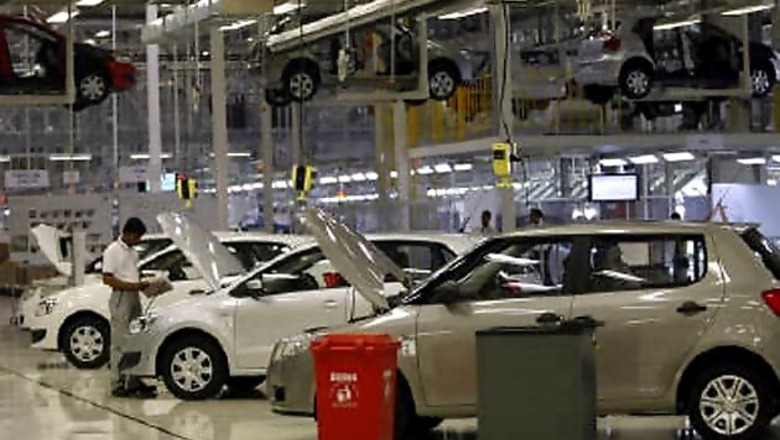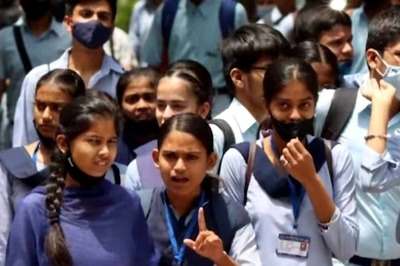
views
New Delhi: India's industrial output grew slower-than-expected in February, and output is expected to ease further following moves to withdraw an economic stimulus, including a interest rate hike in March.
Industrial output rose 15.1 per cent in February from a year earlier, data showed on Monday.
The median forecast in a Reuters poll was for an annual rise of 16 per cent.
Capital goods rose 44.4 per cent on year, while consumer durable goods output grew by an annual 29.9 per cent.
Manufacturing production in Asia's third-largest economy rose 16.0 per cent in February from a year earlier, while mining output was up 12.2 per cent and power generation rose 6.7 per cent.
A pick up in the economy has seen a rise in inflation with the headline number poised to breach 10 per cent in March, above February's 9.89 per cent.
Headline inflation, which was initially driven by high food prices, is now getting a push from other segments. Inflation in manufacturing accelerated to 7.4 per cent in February from 6.5 in January, a sign that inflation is fast becoming a demand-driven problem.
The Reserve Bank of India, citing inflationary pressures and an improving economy, hiked key rates by 25 basis points last month and is expected to raise the rates again by at least the same amount at its policy review on April 20.
The latest Reuters poll shows analysts expect rates to go up by another 100 basis points between now and end-December.
The yield on the benchmark 10-year bond fell two basis points to 8.03 per cent after the news, but climbed back to 8.04 per cent.
Finance Minister Pranab Mukherjee has said the government could consider to further roll back stimulus, after hiking factory gate duties in the February budget.
The March purchasing managers' index for India showed the pace of manufacturing activity slowed down, dropping from a 20-month-record in February, as mounting cost pressures took a toll on expansion in output.
India, the world's second fastest growing economy after China, is expected to grow 8.5 per cent in the current fiscal year and 9 per cent in the next.
















Comments
0 comment